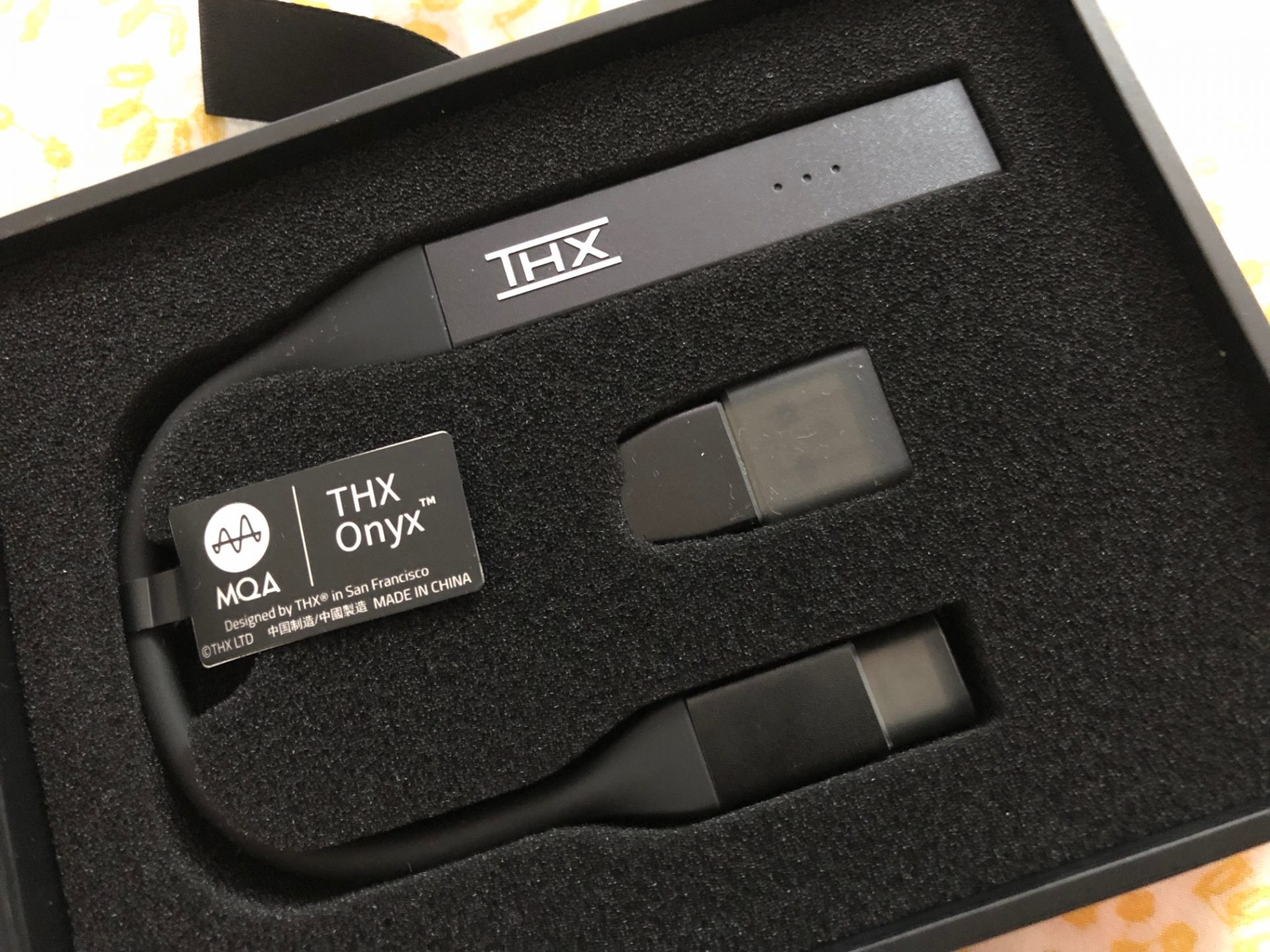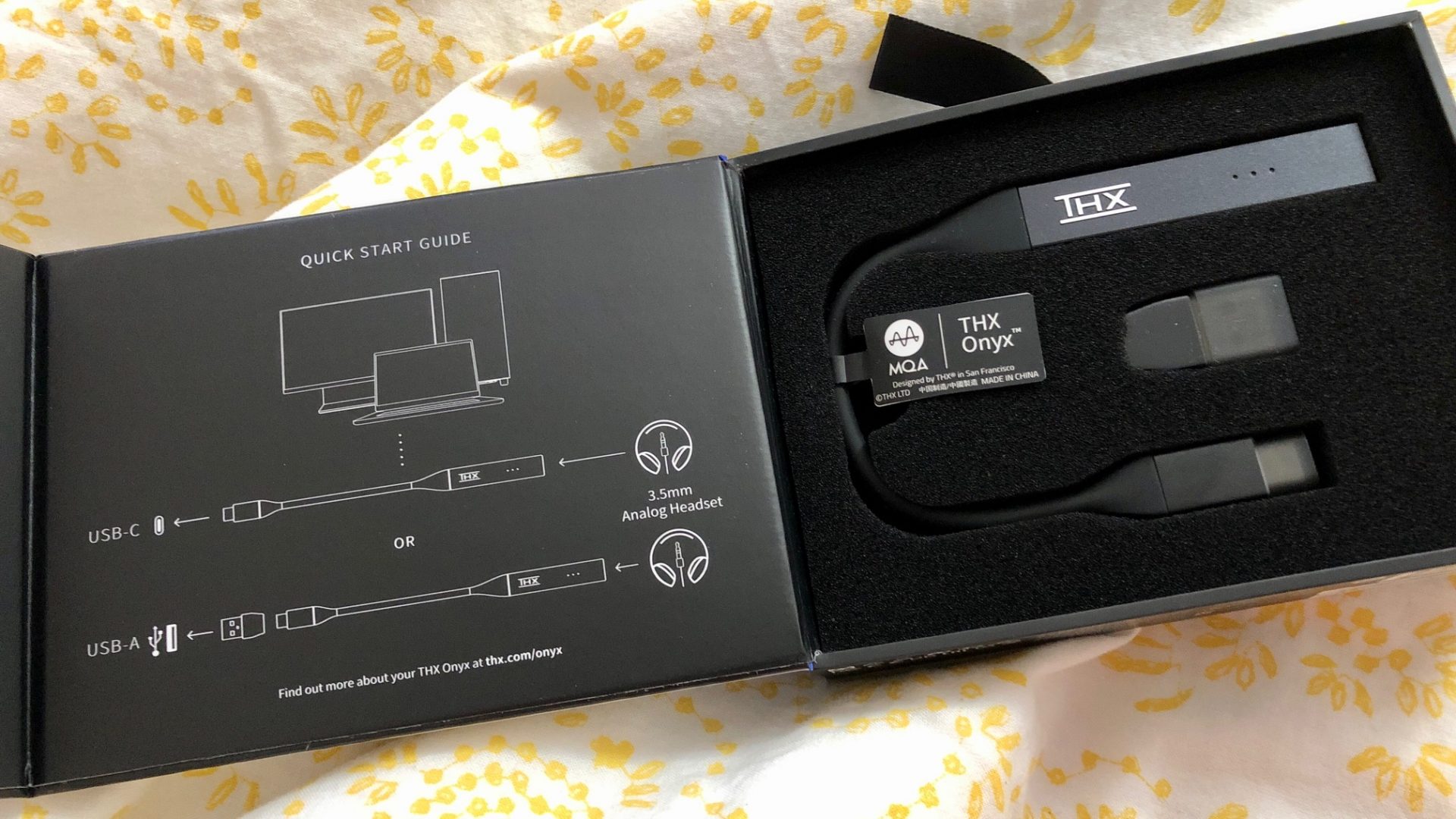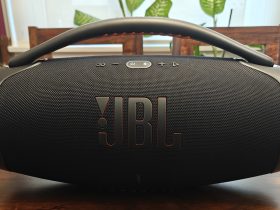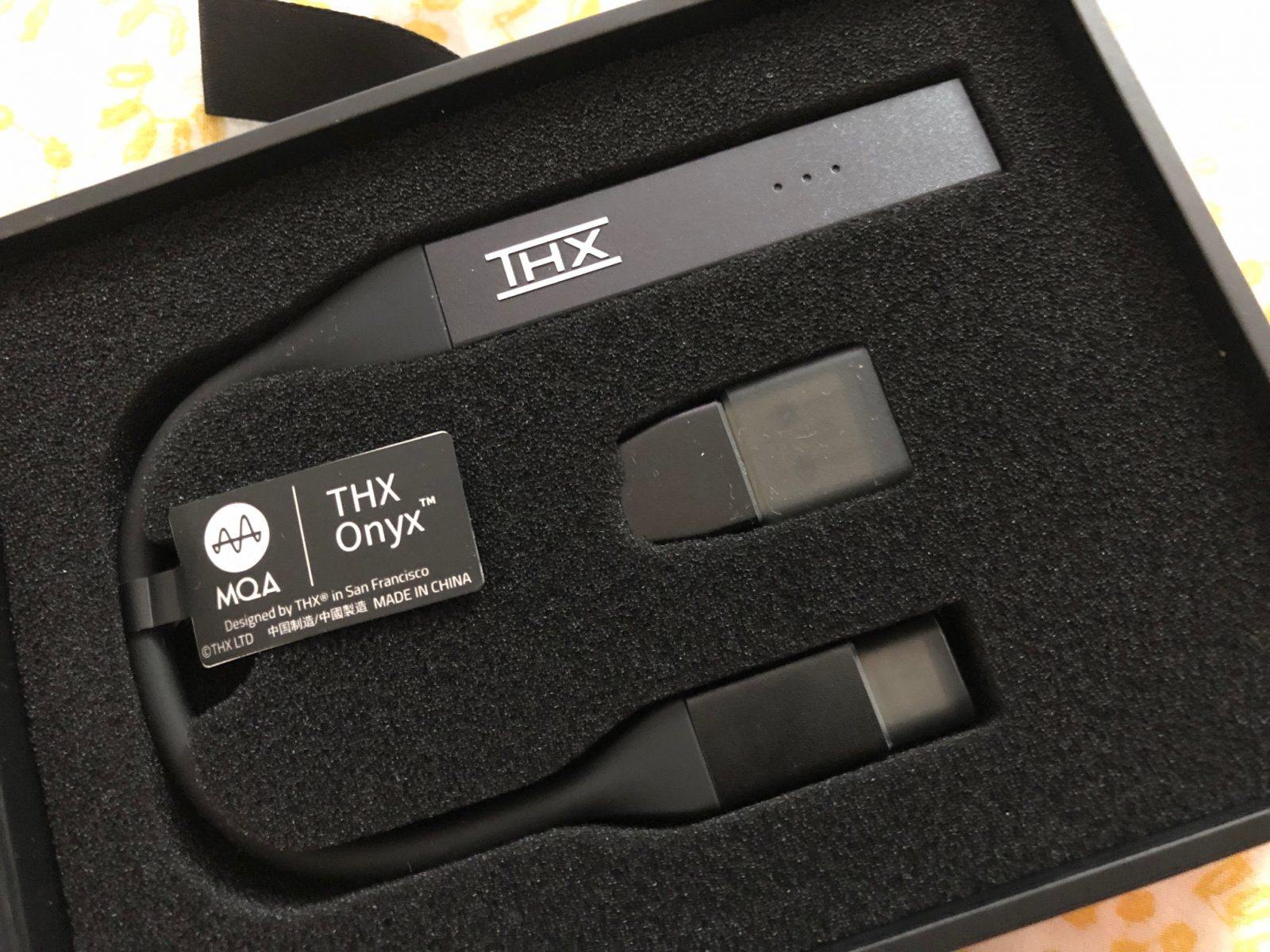You know what I hate? Headphones. Put aside for a moment that I’ve done countless headphones and earphones reviews, I hate headphones in general. There is always something lacking in the headphone sonic reproduction that irks me. If not the sonic reproduction itself, then the size of the DAC/AMP that I have to deal with. There is always something. Some have come close to being perfect for me… but none of the peripherals make me want to use headphones/earphones exclusively. This is particularly true on the DAC/AMP side. Some like the Helm DB12, I like for the amp quality, but there is no DAC. The Fiio Q3 is amazing, but the size is still too big for my taste. I’m looking for something small but with a DAC that can deal with DSD and MQA and has THX AAAmp technology as I absolutely love the (lack of) sound signature from a THX AAAmp.

Just my luck, THX sent me their own DAC/AMP called Onyx. Yes, their own brand. Of course, being a THX product, the Onyx is THX certified. I know how it sounds. Certifying your own product sounds fishy, but from my professional dealings with THX over the past 25 years, I’m confident that THX made the Onyx go through the same rigorous certification process just like any THX Certified product. Maybe even more rigorous to shut down any criticism of transparency.
The Onyx unit is tiny, made of machined aluminum with THX logo richly engraved on its body. This unit comes with a USB-C connector and a USB adapter for a full sized USB slot. For Apple users, you’ll need to buy the Apple camera adapter to make it work with your iDevices. I plan to review and use the product using my iPhone 8 Plus.

Using this ES9281PRO-based DAC/AMP is literally plug and play. You don’t need to do anything more than that. Just as a side note, the Onyx also supports microphone under Windows 10 and Android, but not iOS. That is an iOS limitation and not the limitation of the Onyx.
Using my Tidal subscription, I can stream countless MQA music files and while I’m still not sold on the audio quality benefits of MQA, I do prefer most MQA studio mixes over the non-MQA versions. How do I know which type of file I’m getting? It is as easy as glancing at the three LEDs on the Onyx. Purple for MQA, red for DSD, yellow for HiRes and blue for standard files. While this is great to know which type of file you’re listening to, I usually ignore these indicators. I just listen to what I like, regardless of the file type. But that’s a rant for another day.
Testing the THX Onyx I wore three sets of headsets/earphones. My reference Cleer Next, the Audeze LCD-1, and (surprise!) Periodic Audio Beryllium earbuds (these earbuds are my reference earbuds AND daily “driver”)
Regardless which set I listened to, I got the same results. Flat frequency response thanks to the THX AAA-78 amp chip (as in no detectable colouration to the pieces I listened to). As you might already know by now, I always use the songs I produced way back 20+ years ago. I know too well how they are supposed to sound, warts and all.

The THX Onyx does not make my recordings sound better than what they’re supposed to be. It reveals all the imperfections as is (including a part of one of the songs where the floor noise went up a little bit, due a glitch in the recording process). These 18-bit 96 kHz files, together with some 16-bit 44.1 kHz and 48 kHz files, were reproduced as is.

The THX Onyx makes me dislike my recording quality all over again. I mean, I do love my work, but I’d call a spade a spade, my recordings are not of audiophile grade. On the flip side of the coin, the THX Onyx makes me love my Telarc music collection all over again. Absolutely love the sound quality, aside from my love of the music itself.
I’m glad that, by using the THX Onyx, I can once again relive my in-studio moments. All the excitement, frustrations, limitations and greatness, they’re all there reproduced faithfully. As of now, I’m retiring all my DAC and DAC/AMP collection, even the ones that cost higher than the THX Onyx US$200 price. This unit is not merely great for the price; this unit is great; period.









